Social landscapes and Catalysing Change
What is a social landscape?
Social landscape refers to the texture of the social world. It is constituted by social practices, social systems, and social relationships, as well as the boundaries between them. A social landscape perspective entails a tacit or explicit awareness of the complex social, cultural, and political texture of the world in which we live.
The various entities that constitute the landscape are not just the formally recognised ones. Three main interrelated types of structuring forces that configure social landscapes are:
- Systems: sets of designed elements, institutions, projects, activity structures, and artefacts that shape the landscape;
- Practices: what people actually do and the competences and approaches they have developed to do what they do;
- Relationships: people or groups of people who are bound by commitments, friendships, similar experiences, labels, or other ties
by Etienne Wenger-Trayner and Beverly Wenger-Trayner
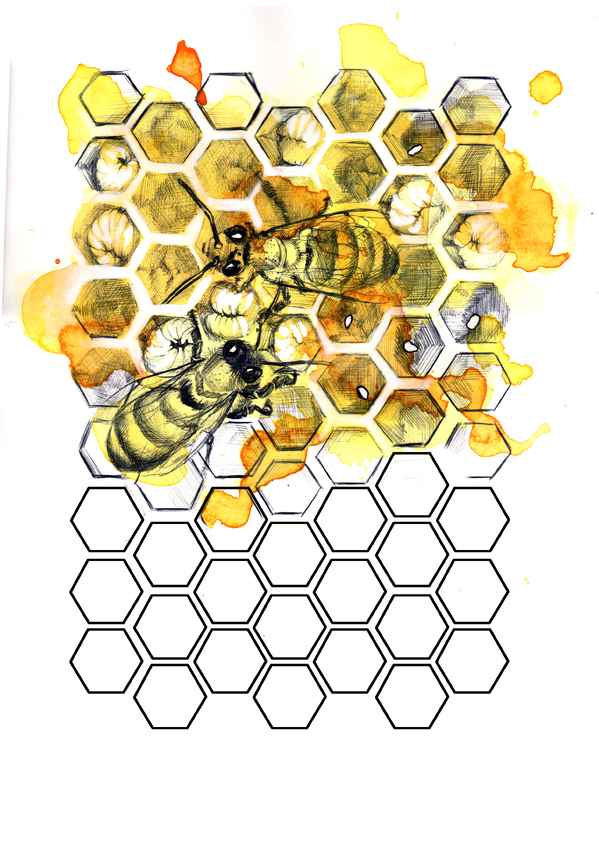
Image 04: Collaborative Beehive (Dolors Quiles, 2022)
- To interrupt degenerative cycles and the major global challenges, we need an inter-independent network of communities around the world (Panikkar, 2003), to knit communities together while nourishing their distinct local relationships to land.
- This implies a change in paradigmatic forces, in which leadership occurs from local emergence and not from international policies. Therefore, the global network driver must come from the recognition of common challenges, which implies the need for bioregional coordination, and must not come from the interests of a distrustful and fearful patriarchal culture.
- To catalyse meaningful and long lasting change, a system requires a reconciliation process that opens up dialogue between supposedly opposing positions, through which new inclusive proposals emerge and are put into practice;
- This reconciliation process can accelerate change and as we assess which systems, practices and relationships are already in place we can locate leverage points and co-create regenerative and meaningful strategies for that particular social landscape (look at the image below to stimulate your curiosity about leverage points, more to come in Module 5).

Image 05: Leverage Points (Dolors Quiles, 2022)
- To address fundamental social issues we need tools to sense and respond to this complexity and allow those affected to co-create a regenerative and equitable system that is more just and inclusive.
- Reconciliation involves learning and coming up with ways to deal with change and conflict, so that society can become more adaptive and resilient (Jean Paul Lederach).
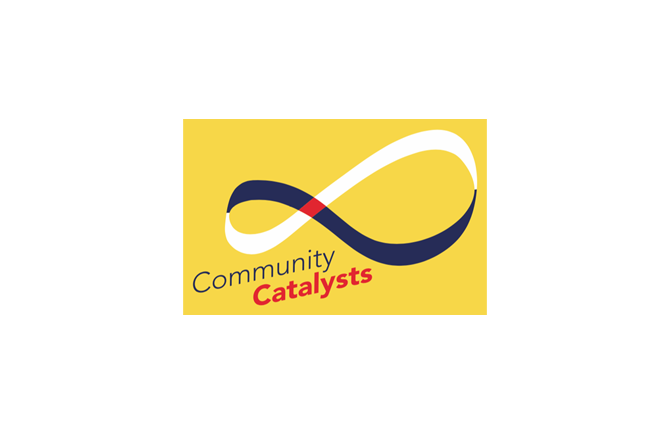




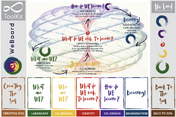


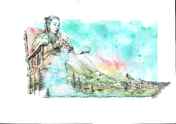
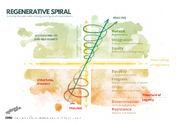



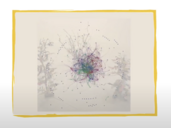


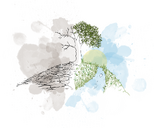





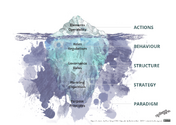



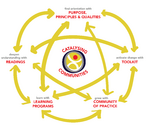


0 comments
Leave a comment
Please log in or register to post a comment